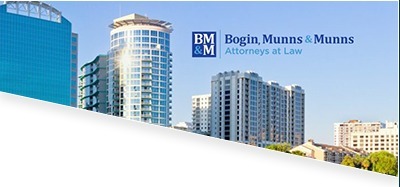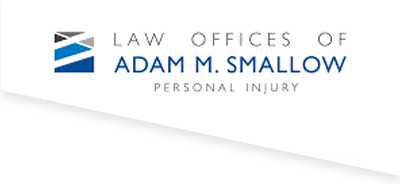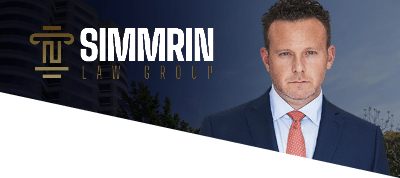SEO for Law Firms
is A Different Beast.
We won’t sugar-coat it: search engine optimization and ranking on the first page of Google is tough for law firms. Top-tier attorneys in competitive spaces know what it takes to win a case, but success in the courtroom doesn’t always translate to success in growing a law firm, especially online and in the ever-changing world of digital marketing.
$1Billion
generated in leads and verdicts
Law firms that want to dominate the legal market look to Hennessey Digital as their digital marketing and law firm SEO partner to get more quality leads and signed cases.
Work with Hennessey DigitalAny Questions?
Why Choose Hennessy Digital as Your Law Firm SEO Agency?
As a law firm SEO agency, our 15 years of doing SEO for attorneys means we only use proven tactics to achieve higher rankings and more leads for law firms.
How is SEO for lawyers different from other SEO?
SEO for law firms is a hyper-competitive space. There’s a high volume of local and national
lawyers competing for online real estate in the same market. Additionally, a person’s needs
for legal
counsel are so personal and specific that their online search behavior and words they choose to
describe their situation or need have a broader range of variety than they normally would for other
services.
Fierce competition makes SEO for lawyers a difficult space to win. Because leads can be so
valuable,
law firms spend thousands of dollars on SEO strategies to optimize their websites so that they
appear in organic search results for top keywords.
What should I be considering with law firm SEO?
When you hear “law firm SEO,” there are multiple components at play, including:
- Website and SEO audits: keyword research, URL structure, content
- Local SEO: Google My Business, Google Maps, local rankings
- Technical SEO: site speed, site architecture, accessibility
- Content: blog, FAQs, multimedia digital content
- Backlinks: digital PR, press releases
How does SEO for law firms compare to PPC (pay-per-click ads)?
Much is said about the benefits and drawbacks of SEO and PPC for law firms. Hennessey Digital helps firms with successful
strategies for both! A law firm digital marketing budget will depend on several factors, including
the firm’s target geographical location, law practice area(s), and competition.
SEO and PPC work in tandem to bring in more leads and grow a business. Because consumers
increasingly find and select an attorney based on organic search results, law firm SEO is a better
investment for the long term. Paid
media or pay-per-click ads
generate
short-term gains and leads.
Some clients do both SEO and PPC; some use only one or the other. Choosing the right mix really
depends on your law firm's goals and expectations.
How much should law firm SEO cost?
Like most law firm digital marketing scenarios, it depends. It’s important to hire the right
agency
to work with your law firm and help you achieve your business goals. Agencies like Hennessey Digital
have depth of experience in consumer behavior, digital marketing technologies, and analytics.
We always stay on top of changes by Google and other platforms that can affect how your website
performs for your business. That said, factors that affect how much SEO for law firms can
cost
include:
- Services provided
- Market/geographic area
- Practice areas of the firm
- Agency expertise
- Targeted ROI
Why is choosing the right law firm SEO agency important?
As we say frequently around here, SEO is a long game. When we sign a new client, we start a
new relationship that we design for the long term.
It’s important to choose an agency that understands your needs and explains what’s happening behind
the scenes. A digital marketing agency that works with lawyers is familiar with the nuances of
law
firm SEO.
What are other ways to market my law firm besides SEO?
In addition to law firm SEO, Hennessey Digital helps top firms grow through:
Real Case Studies
on SEO for Lawyers
The bottom line: Hennessey Digital helps top law firms grow.
How do we do it?
Through cutting-edge SEO strategies designed by the best minds in digital marketing. (And a lot of hard work.)



